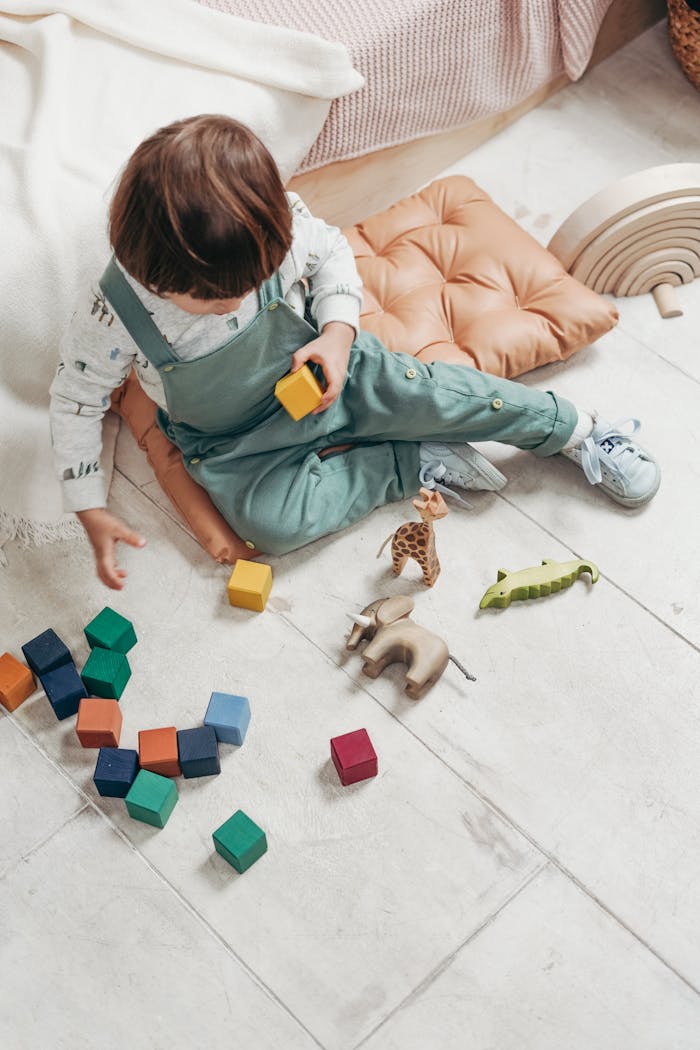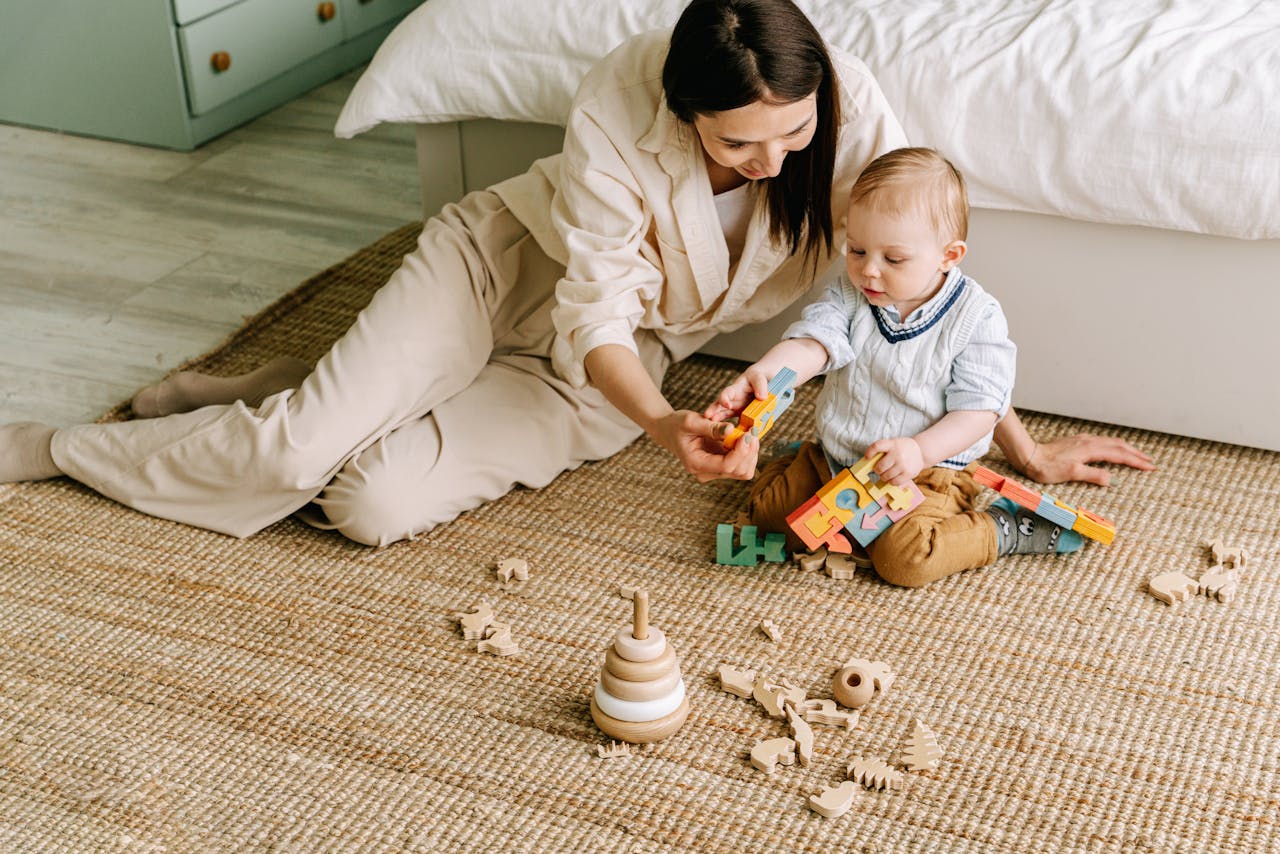🧩 Not Just Play — A Learning Powerhouse
Puzzles are often seen as quiet-time activities — something to fill a calm moment. But beneath the surface, there’s an incredible amount of learning happening.
When a toddler engages with a puzzle, they’re building more than towers or matches — they’re building foundational brain architecture.
🧠 What Puzzles Teach Toddlers
Whether it’s matching shapes, fitting Australia’s states, or recognising letters, puzzles engage multiple learning domains at once:
- Fine motor skills: grasping, rotating, and placing pieces
- Hand–eye coordination: aligning vision with movement
- Cognitive development: sorting, matching, trial and error
- Memory and recall: recognising where pieces go over time
- Spatial awareness: understanding part–whole relationships
- Language development: naming shapes, letters, and objects
Each puzzle piece becomes a building block for more complex thinking later on.
🔤 Early Literacy and Numeracy Through Puzzle Play
Puzzles that feature numbers or letters do more than introduce symbols — they support pre-literacy and pre-numeracy skills through touch and repetition.
For example:
- Placing a number in the correct slot builds symbol–quantity association
- Repeating letter shapes encourages early letter recognition
- Saying the letters or numbers aloud supports phonemic awareness
Because toddlers are active learners, manipulating these symbols physically helps them learn more effectively than passive exposure.
📐 The Power of Self-Correction
One of the most valuable features of puzzles is built-in self-correction. If a piece doesn’t fit, the child knows. If it does, they experience success — no adult needed.
This:
- Builds independent thinking
- Encourages persistence and resilience
- Reinforces logical reasoning
Rather than needing praise or correction, the puzzle itself provides the feedback — a cornerstone of Montessori-aligned learning.
🌀 From Repetition to Mastery
Toddlers often repeat puzzles over and over — not because they’re stuck, but because repetition builds mastery. Each attempt strengthens connections in the brain related to:
- Problem-solving
- Goal setting
- Pattern recognition
And once they’ve mastered a puzzle, they’ll often teach others — a sign that real learning has taken place.
💡 Final Thought
Puzzles aren’t just cute shelf-fillers. They’re developmental tools that support focus, confidence, and early learning across multiple domains.
Whether your child is learning to match shapes or recognising the outline of their country, every piece placed is a step toward deeper understanding.
👉 Explore Educational Puzzles That Grow With Your Child
📚 Reference:
Chen, J., & McNamee, G. (2011). The Importance of Play in Promoting Cognitive Development in Early Childhood. Early Childhood Education Journal, 39(4), 243–250.


